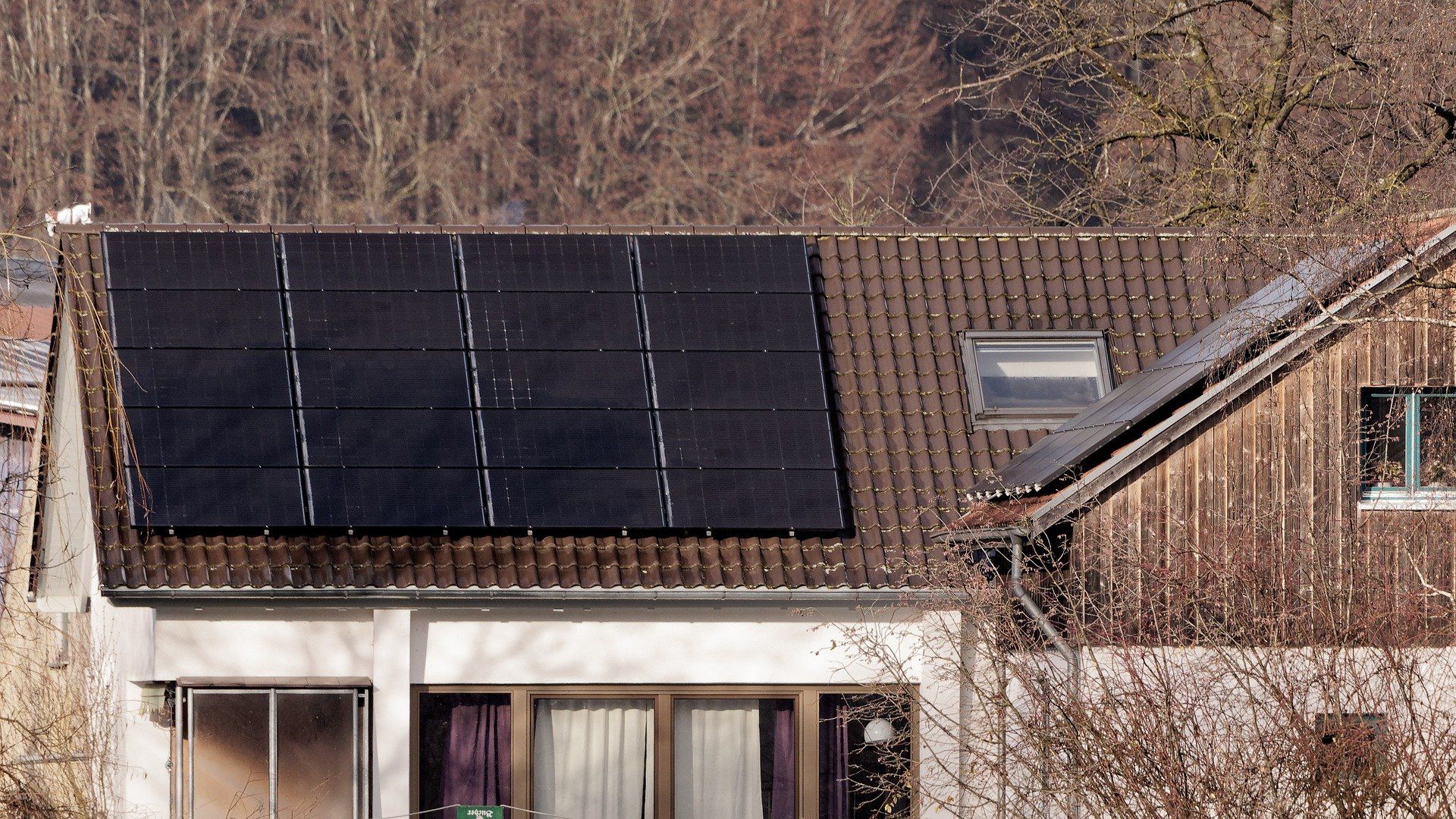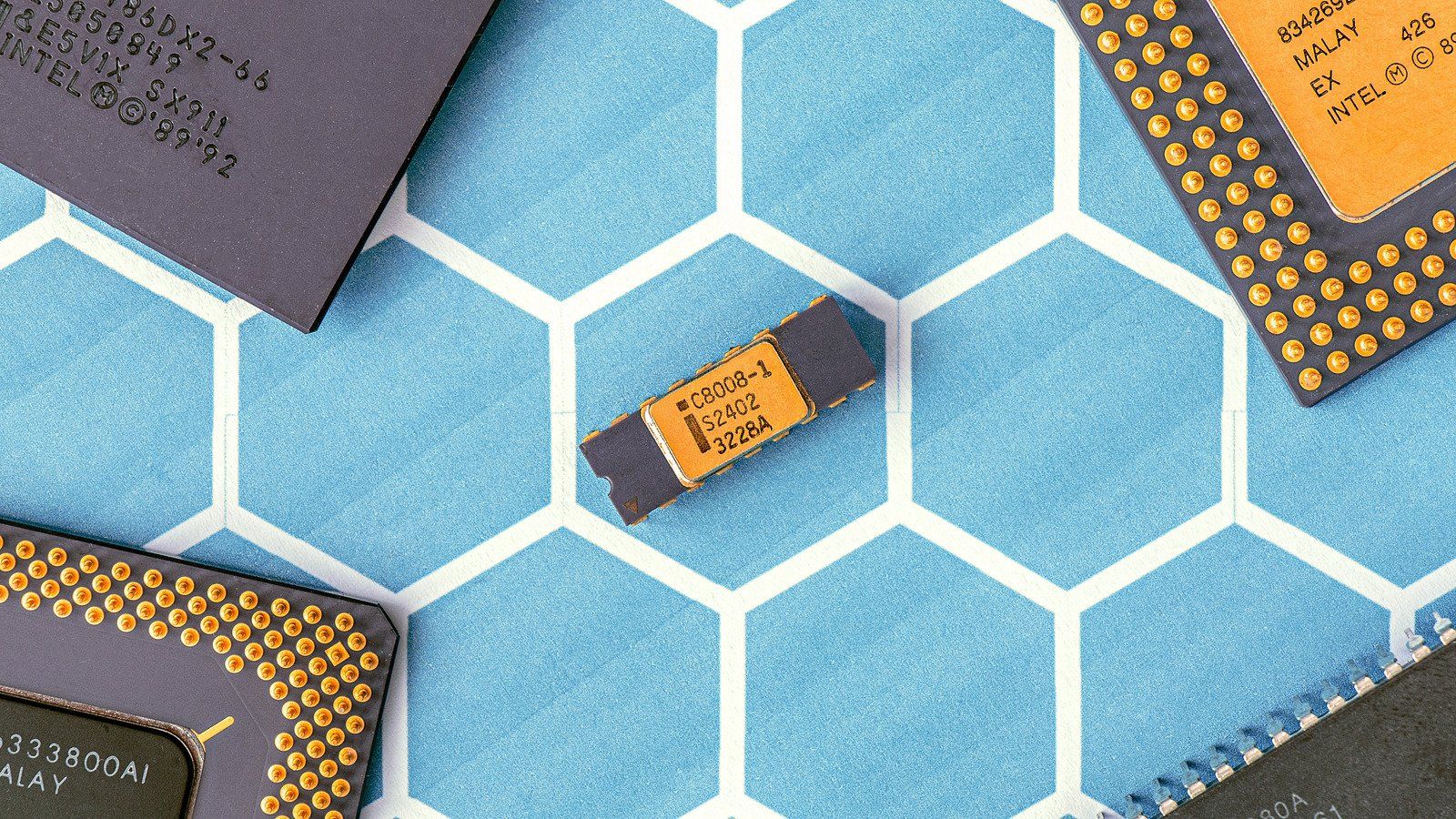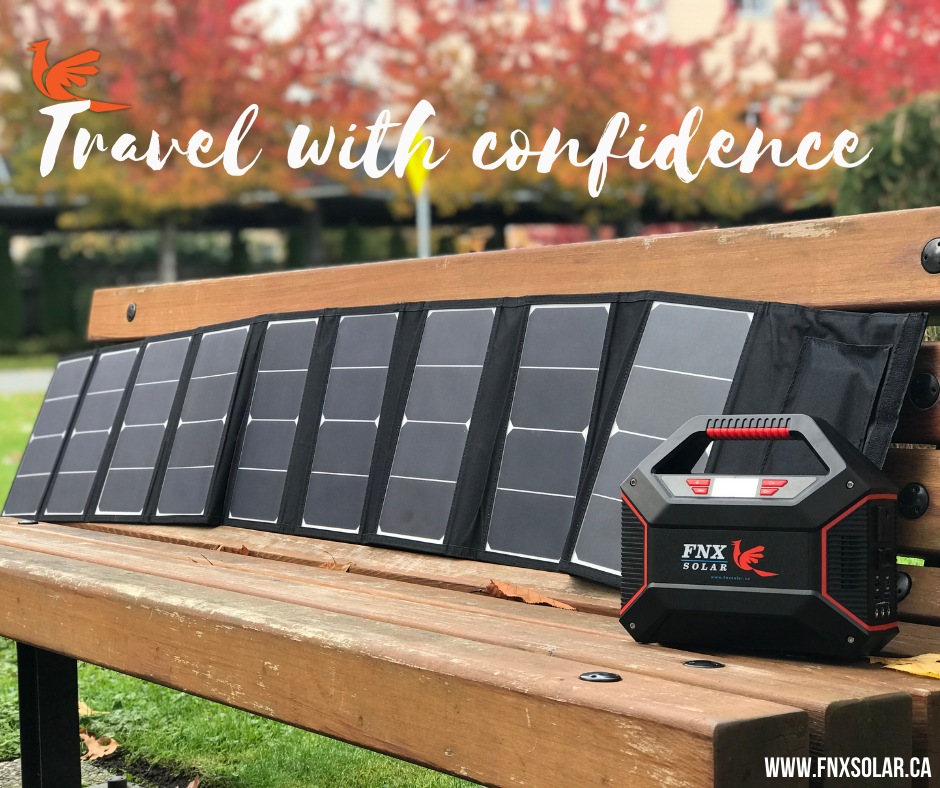PWM vs MPPT solar charge controllers
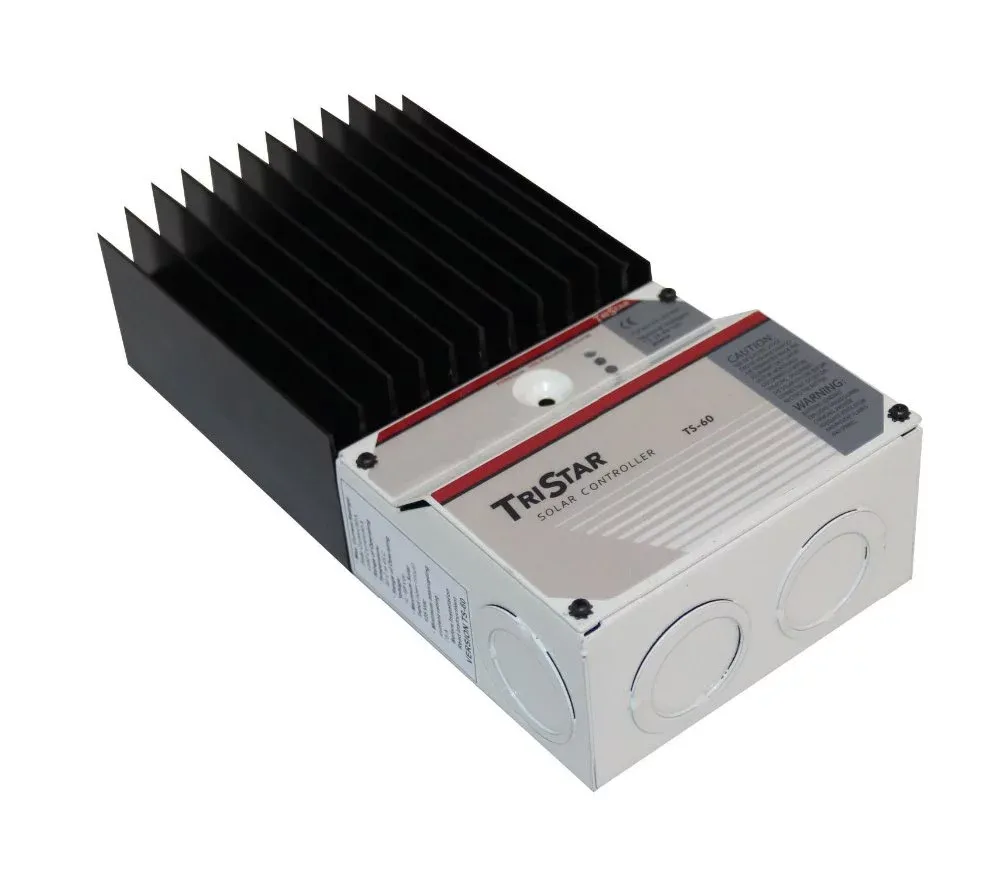
- PWM Solar charge controller https://www.aliexpress.com/item/32912227256.html
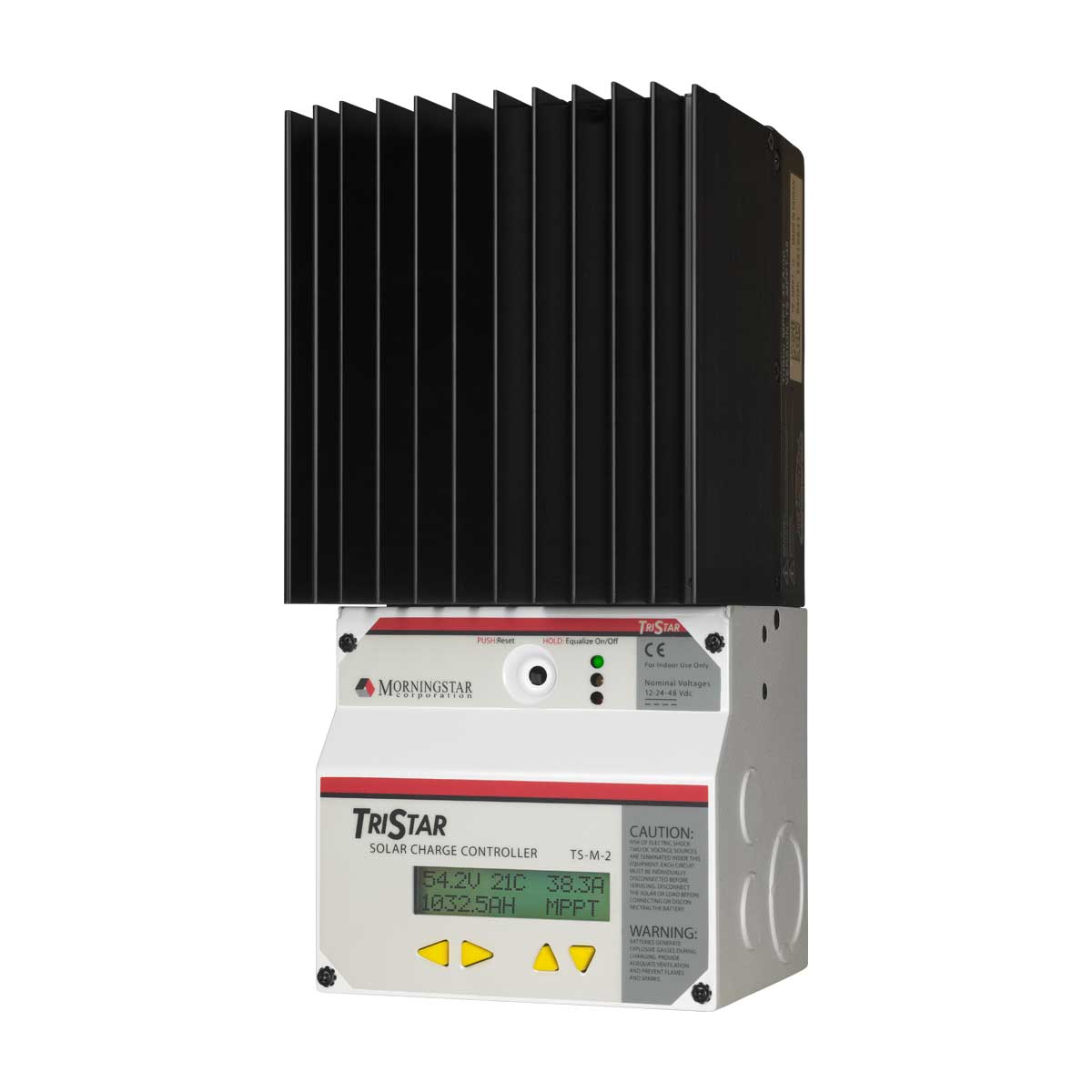
2. MPPT Solar charge controller https://www.inutec-int.com/us/morningstar-tristar-ts-mppt-60-charge-controller.html
They both perform the main functions of a solar charge controller, They also both adjust the voltage level of the PV panels in order to match the voltage level of the batteries to initialize charging. However, the two have different ways of doing it. For the PWM type, the voltage of the PV panel is pulled down to match the battery voltage, as it goes up the voltage level allowed by the controller is also raised with the current remaining constant. On the other hand, the MPPT charge controller also pulls down the voltage from the PV panels after measuring it then sends the current to the batteries, but this time, the current is also being controlled by the controller, the MPPT controller makes sure that the Power that goes in is also the power that goes out, with that being said, you are actually utilizing the full capacity of the PV panels that you are using. Let’s take for example a 100W, 12V solar panel. Using a PWM charge controller, You are looking at about 11V potential that will be applied to batteries when they are low, keeping the current constant at around 5.56A, We are looking at about 61W of charging, When the batteries are on its way to full charge, we are looking at about 14V potential being applied to the batteries, keeping the current constant at 5.56A We will be getting around 78W of charging. On the other hand, MPPT charge controllers do it differently. When the battery is low, with 11V potential being applied by the charge controller, The current that is being utilized is 8.9A, We are looking at about 97W of charging. When the batteries are in higher charge, the controller will apply 14V potential, but this time to maintain pin = Pout, the current will also be adjusted down to 7.1A, outputting around 99W of charging. The difference is quite apparent. MPPT charge controllers are more ideal than that of the PWM type in terms of performance. You might be wondering why the PWM charge controller is still around when the MPPT type can outperform it, I listed out 3 main reasons that makes PWM sometimes more preferable than the MPPT type.
L MPPT is several times more expensive than PWM type
l Not cost-effective on smaller solar PV systems
l It requires more technical expertise to set up
I think the only bullet that needs some further explanation here is the Why is it not cost-effective on smaller systems. It’s because the difference that it can make on the performance of smaller systems is not that considerable. I mean, several watts of power is not a good reason to spend more money on it.
So basically, We have already discussed some of the major points that should be covered in helping you choose the right charge controller for your setup. If you want to know more, you can contact us at info@fnxsolar.ca or you can chat with us via Facebook,Whatsapp, or Instagram. You can also visit a specialized shop near you if you want a more personal discussion.
-Paul Custan is an Electrical Engineer who have worked as a software engineer and as a digital platform specialist before becoming a full-time FNX Solar employee. FNX Solar Power Solutions Inc. is a business based in Canada. We develop and sell portable power stations and related accessories

